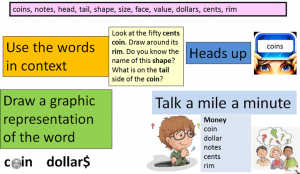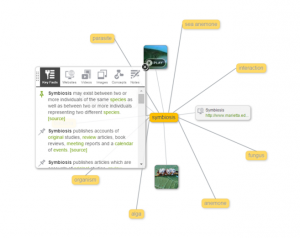Sheena Cameron
I am so impressed with Sheena Cameron’s book, Teaching Reading Comprehension Strategies a practical classroom guide, that I will continue to share some of her wisdom.
Introducing and teaching comprehension strategies
Cameron has adapted a model from Duke and Pearson (2002) for introducing and teaching comprehension strategies in the classroom. She includes five components:
- An explicit description of the strategy, which includes when and how it should be used – in the gradual release of responsibility this is part of the I do it stage.
- Teacher modelling of the strategy in action – again this is part of the I do it stage.
- Collaborative use of the strategy in action – we do it stage.
- Guided practice using the strategy with gradual release of responsibility – this could fit both in the we do it and the you do it together stage depending on where the students are at.
- Independent use of the strategy – you do it alone.

This is a newspaper text I have kept and laminated as it is perfect for teaching vocabulary and figurative language.
Modelling
Cameron mentions how important is to be modelling strategies to students of all ages. She stresses the importance of preparation prior to modelling and that sticky notes can be helpful prompts. Once the preparation is done the first time, it is easy to use multiple times. Her advice is to begin collecting texts that are suitable to model particular strategies.
Think-alouds
She also mentions the use of think-alouds (Davey,1983) as being a simple but extremely effective technique. This helps those who struggle with reading. They can hear and see what a good reader does when making meaning from text. It is also important that students practise think-alouds – as teachers we can quickly find out what students are thinking and how they are using the various strategies.
Handy hints
To conclude this post, here are some of the handy hints that Cameron suggests to assist implementation of the comprehension strategies:
- Use a wide variety of materials to model: stories, textbooks, articles and visual texts such as photographs, graphs, maps and tables. I really agree with this – there are so many good, short and interesting texts out there. Find texts that fit within the learning areas of the curriculum – they provide context and teaching comprehension strategies doesn’t become an add-on.
- Plan think-alouds.
- Read the text aloud, pausing to make comments about what you are thinking (don’t this so much that the flow of the text is interrupted).
- Focus on the strategy you are teaching. If appropriate, refer to already taught strategies where applicable.
- Keep the modelling session short and sharp – hook in the students.
- Take a few opportunities to show word attack and fix-up strategies.
- Remind students that all readers get stuck sometimes, but good readers stop, clarify the problem and do something about it.
Cameron, S. (2009) Teaching Reading Comprehension Strategies a practical classroom guide


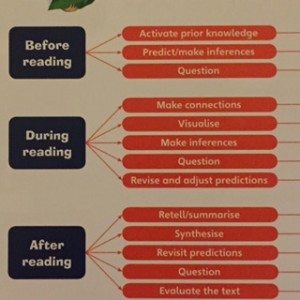
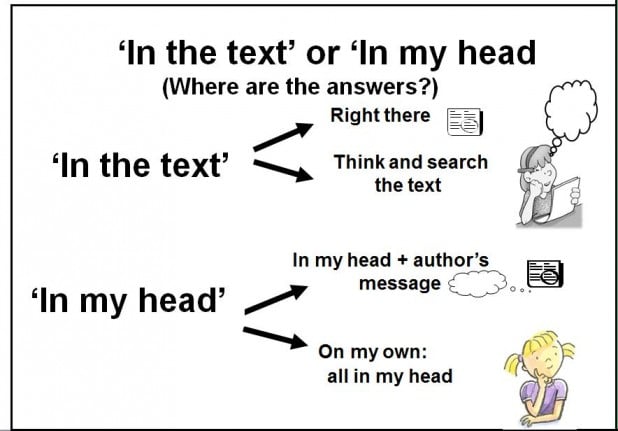

 Teacher think aloud: “As I read the text, I picture what is happening here. I think about the text more deeply, generate (make up) questions, and formulate (work out) answers to my questions.”
Teacher think aloud: “As I read the text, I picture what is happening here. I think about the text more deeply, generate (make up) questions, and formulate (work out) answers to my questions.”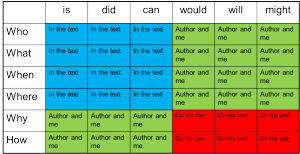

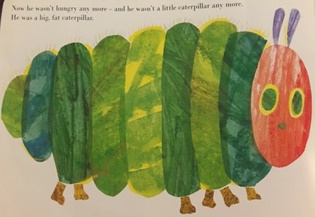
 In my last blog, I looked at Konza’s sixth component of teaching reading: comprehension. Konza mentioned the importance of questioning as a comprehension strategy. One of the questioning frameworks that I have used quite successfully is Blank’s levels of questions.
In my last blog, I looked at Konza’s sixth component of teaching reading: comprehension. Konza mentioned the importance of questioning as a comprehension strategy. One of the questioning frameworks that I have used quite successfully is Blank’s levels of questions.

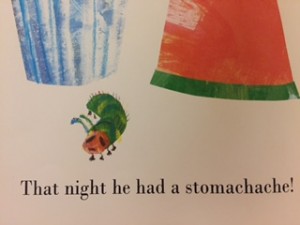
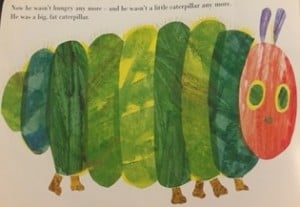

 Comprehension is not just finding answers in a piece of text – it is an active process whereby the reader creates a version of the text in his or her mind (Konza, 2011).
Comprehension is not just finding answers in a piece of text – it is an active process whereby the reader creates a version of the text in his or her mind (Konza, 2011).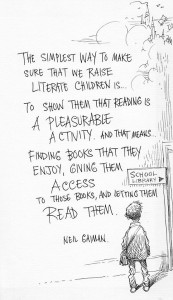
 Fluency is the ability to read text accurately, quickly and with expression. Background knowledge of the text being read, rapid retrieval of relevant vocabulary and knowledge of syntax and grammatical forms assist students to predict upcoming vocabulary with accuracy and speed.
Fluency is the ability to read text accurately, quickly and with expression. Background knowledge of the text being read, rapid retrieval of relevant vocabulary and knowledge of syntax and grammatical forms assist students to predict upcoming vocabulary with accuracy and speed.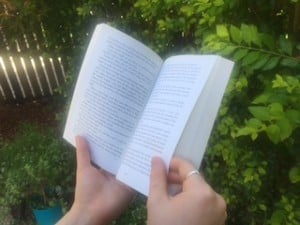 These include:
These include:

